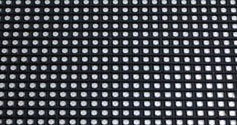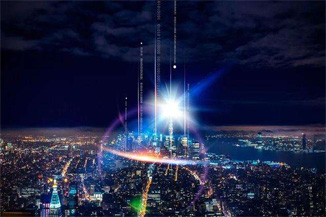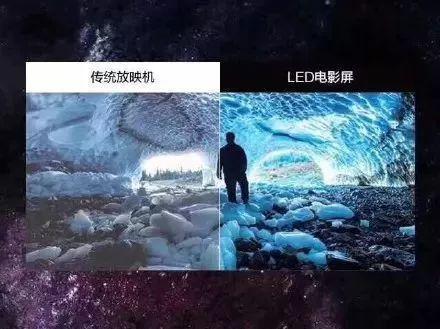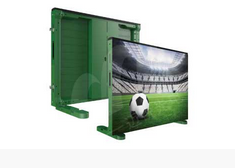Publisher: Supplier of LED Display Time: 2019-11-11 16:48 Views: 4231

Liancheng Fa Longyixi T series stage rental screen
Lianchengfa Longyixi T series stage rental screen has the characteristics of anti-collision, ultra-thin, fast installation, fast maintenance, high waterproof and so on.
For enterprise users, LED signage needs to meet their core needs, such as attracting audience attention, delivering information as intended, technology that avoids distortion, and maximizing engagement time. Among these new capabilities, mastering three core capabilities can make significant improvements in optimizing content for precision marketing and engagement, maximizing ROI.
1. Dynamic peak: reach the maximum content brightness
Being able to display eye-catching content at all times is important for indoor environments. Versatility can help monitors overcome potential content distortion caused by low grayscale or operation in adverse natural and ambient light.
Therefore, dynamic peak technology has become an important indicator of LED performance. This innovative feature overcomes this consistency barrier and amplifies content brightness regardless of the surrounding environment. Through this technology, the peak brightness of LED displays can reach twice the peak brightness of known LEDs. This technology enables LED screens to generate bright and consistent content even against white or dark backgrounds.
2. Color management: display accurate and true content
Modern LED displays offer a wider RGB color gamut than LCDs, which results in better picture quality. However, some LED products struggle to accommodate such a wide color gamut, resulting in blurred or oversaturated hues. As a result, skin tones may appear reddish on such affected monitors.
To overcome these differences, any display needs to include comprehensive color management capabilities. Color management uses proprietary algorithms that maintain greater accuracy even at lower gray levels, ensuring consistent RGB grayscale and color display. Eliminating this red tint is a true reflection of people's skin tones, which is critical for video conferences, promotions and performances for models or actors.
In addition, color management features are easy to customize and activate. Users can select, store and deploy hues within the native RGB color gamut to suit unique branding and content needs. This is beneficial for applications such as museums, corporate facilities, news studios, etc. that need to quickly present a brand in high definition on multiple screens.
3. Scene-adaptive HDR: Enhance audience engagement
Any LED display must display content in a consistent manner to be effective. Unfortunately, variations in grayscale and brightness can make this difficult to achieve.
Scene-adaptive HDR technology, which can identify and adjust for differences to ensure consistent uniformity, is another feature to watch. It is based on several components to guarantee a high universal contrast ratio while reaching peak brightness in an audience friendly way.
Specifically, a proprietary inverse tone-mapping algorithm improves contrast within individual content scenes to suit the overall size of the display and the brightness of featured content. Likewise, modern scene-adaptive HDR technology includes a complementary anti-glare feature that allows the viewer's eyes to adjust to changes in screen brightness levels. In some environments, the viewer's eyes may struggle to adjust as the content reaches peak brightness. With this gap, viewers may experience discomfort and may see white or gray content added. The anti-glare function can reduce the brightness of other areas when the peak brightness of the target area rises, resulting in a more comfortable viewing experience, especially for long-term viewing comfort.
While LED signage technology is still new for some businesses, the potential for customer engagement and sales revenue is worth considering. By understanding the above functions, users can know how to use LED displays to create compelling content and gain more business opportunities.









